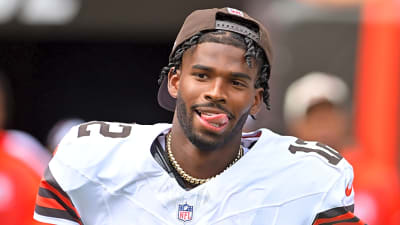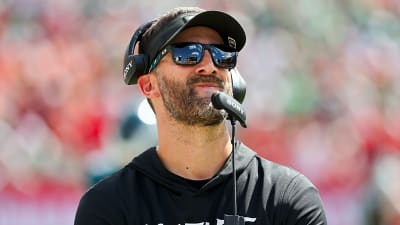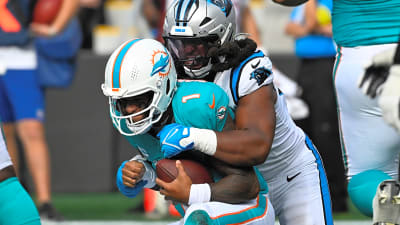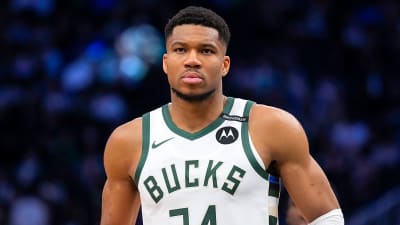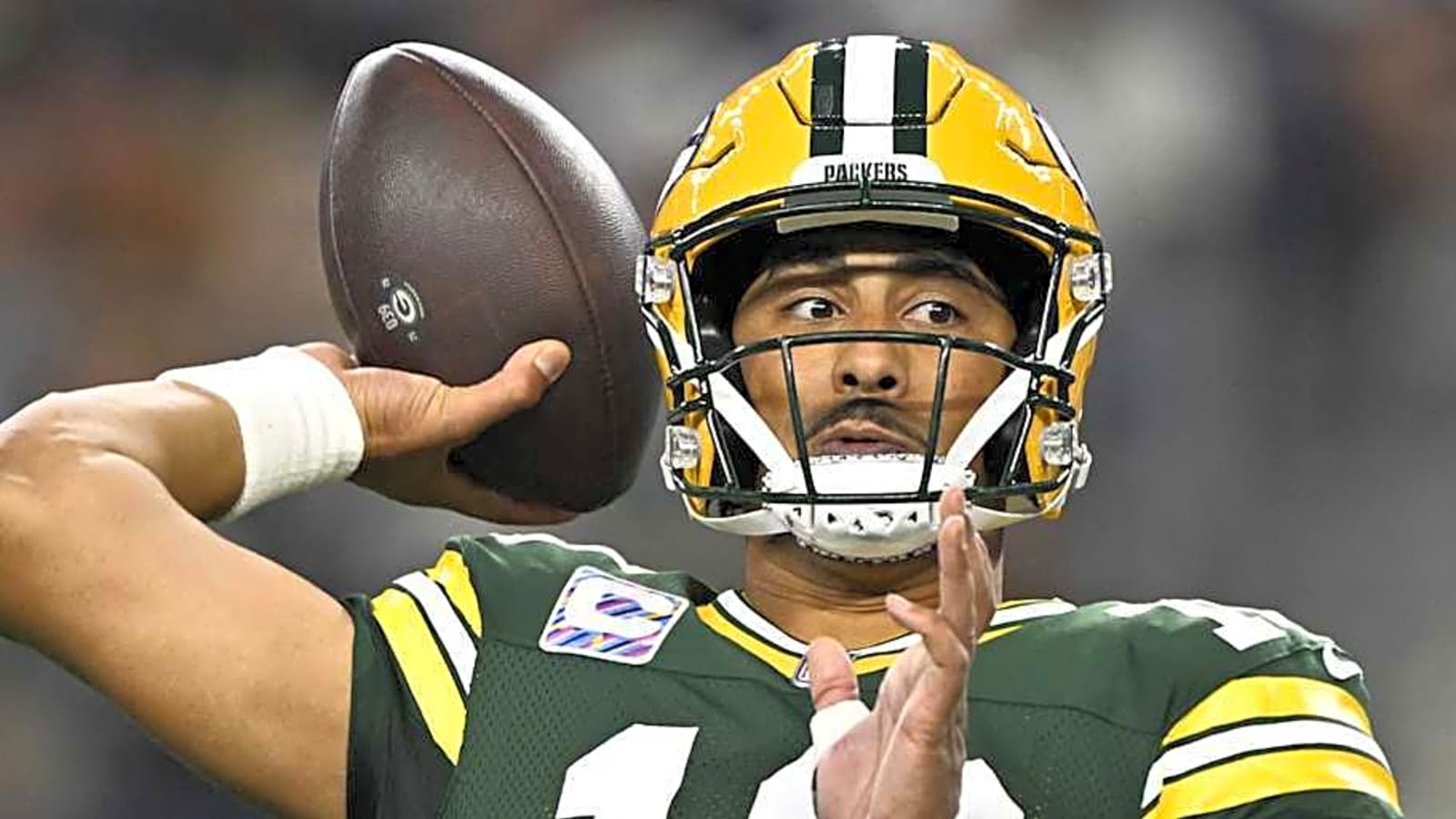
“There are three kinds of lies: lies, damned lies and statistics,” noted NFL writer Mark Twain famously wrote in his Chapters From My Autobiography.
There’s no lying about the importance of third down, though. Conversions on offense lead to points. Stops on defense lead to punts. The combination of the two leads to wins.
The Green Bay Packers are off to a historic start with their third-down offense. Entering Sunday’s game against the Cincinnati Bengals, the Packers are No. 1 in the league with a 53.7 percent conversion rate. That’s not just the best in the league. Stathead has third-down data dating to 1972. Green Bay ranks fifth in the league over the past 53 seasons. No team has been better since the 2011 Saints finished with a league-record 56.7 percent in 2011.
“I think we’ve had a good game plan going into these games on what we’re trying to take advantage of on these third downs, and I think we’ve just been executing at a high level,” quarterback Jordan Love said this week.
“I think it starts up front with the pass pro. That’s when, obviously, third-and-longer situations, teams try and pressure a little bit more. It starts up front, and I think they’ve been doing a great job, and then guys just executing, winning, a lot of man coverage on third downs, guys going out there and winning their one-on-ones and making plays.”
Green Bay’s third-down conversion rate is by far the best in the NFL this season; the Miami Dolphins are a distant second at 46.7 percent.
Love has been a big part of the early-season success. There are 32 quarterbacks who have thrown at least 20 passes on third down. Love is second in conversion rate, passer rating and yards per attempt.
While it’s been a slog at times for the running game, Josh Jacobs is tied for fifth with six third-down conversions. Love has added three more on scrambles.
With last year’s knee and groin injuries a distant memory, Love’s legs have been an important factor.
“I think the big thing has been his scrambling,” offensive coordinator Adam Stenavich said. “He’s been able to not only scramble down the field but just like extend plays in the pocket, used his mobility to make some plays, so I think he’s done a good job there.
“Finding some checkdowns, also, and we’ve checked it down and then gotten the first down, guys making plays, and I think we’ve got some schemes that we’ve been running that I really like, too. So, it’s kind of been a combination of all those things.”
Of course, what happens on first and second down sets up the offense for success or failure on third down. Green Bay’s average third down requires 6.7 yards, the ninth-shortest needed. The offense has averaged a gain of 7.1 yards, the third-highest output.
The Colts, 49ers and Packers are the only teams averaging more yards gained on third down than yards required.
“From an offensive standpoint, we’ve done some good things,” Love said. “I think third-down-wise, we’ve done really good, just putting up points, I think we’ve done good, minus the Cleveland game. I think there’s a lot of stuff to keep building on.
“It’s about the consistency, the details, trying to lock in on every play and just limit all the negative plays – the penalties. We haven’t given the ball away too many times yet early on, so that’s a really good sign. But just keep doing that. Keep staying away from negative plays.”
Meanwhile, Green Bay’s defense has done its job, too. The Packers are fourth in the league in third-down defense at 32.7 percent. There’s a lot of season left to be played, obviously, but that would be the team’s third-best mark dating to 1972, lagging just behind the 1993 (32.3 percent) and 2006 (32.6 percent) teams.
A key is Green Bay holding opponents to 4.36 yards per first-down play, third-best in the league.
“I think for the most part we’ve been putting teams in third-and-medium-to-longer situations. The problem in Dallas was we weren’t,” defensive coordinator Jeff Hafley said. “We weren’t winning enough on first down to get there.
“But on the third downs, it’s a credit to our players. It’s the rush plus the coverage. We’ve been getting pressure on the quarterback, we’ve been aggressive in coverage, we’ve been aggressive and played man coverage in certain games where we thought we could and gotten off the field.”
Third-Down Dominance
There are five teams that rank in the top 12 in third-down offense and third-down defense. Thus, the Packers have by far the best third-down differential.
Green Bay Packers: First on offense (53.7 percent), fourth on defense (32.7 percent). Differential: 20.0 percent.
Chicago Bears: Sixth on offense (45.4 percent, first on defense (29.3 percent). Differential: 16.1 percent.
San Francisco 49ers: Fifth on offense (45.7 percent), fifth on defense (33.3 percent). Differential: 12.4 percent.
Los Angeles Chargers: Fourth on offense (46.4 percent), 11th on defense (37.3 percent). Differential: 9.1 percent.
Atlanta Falcons: 10th on offense (41.8 percent), sixth on defense (34.1 percent). Differential: 7.7 percent.
“Winning first and second down is critical on both sides of the ball,” coach Matt LaFleur said. “If you’re getting people (into) third-and-long, you got a much better opportunity to get them off the grass and, conversely on offense, we need to keep it in third-and-5-or-less, and then we feel pretty good about that.”
Getting back to Twain: In non-strike seasons, there have been 20 teams to finish at 50.0 percent or better on third down. Those teams finished with a combined record of 227-88-1, a winning percentage of .720.
More must-reads:
- Giants HC Brian Daboll being investigated for Jaxson Dart situation
- Ravens get disappointing Lamar Jackson update as they look to salvage season
- The 'Most starts by an NFL quarterback' quiz
Breaking News
Trending News
Customize Your Newsletter
 +
+
Get the latest news and rumors, customized to your favorite sports and teams. Emailed daily. Always free!
